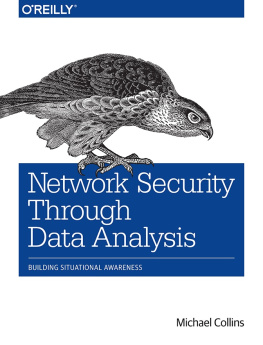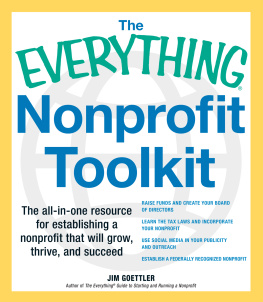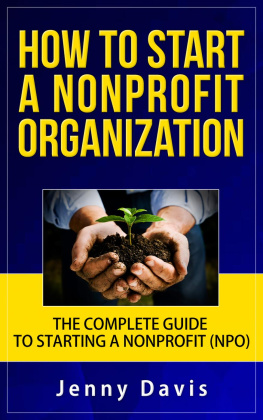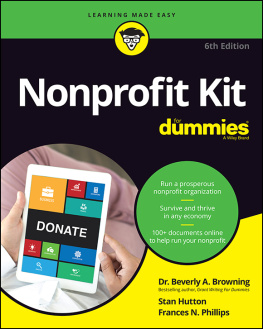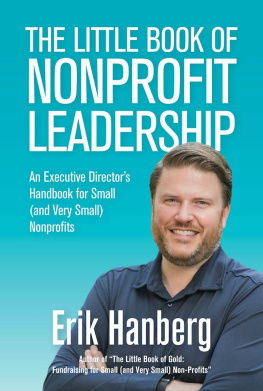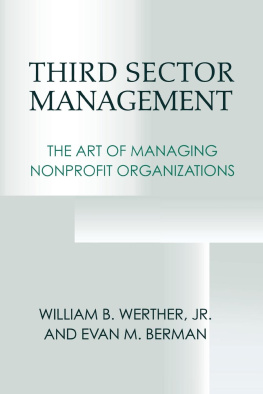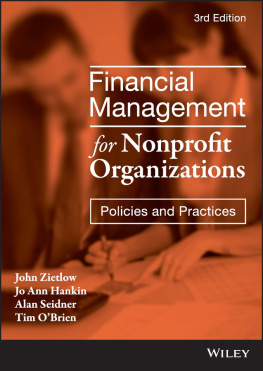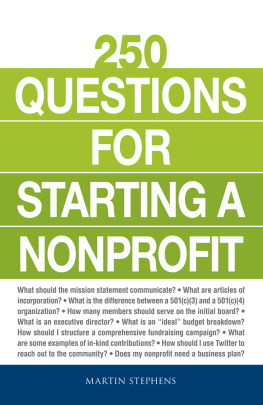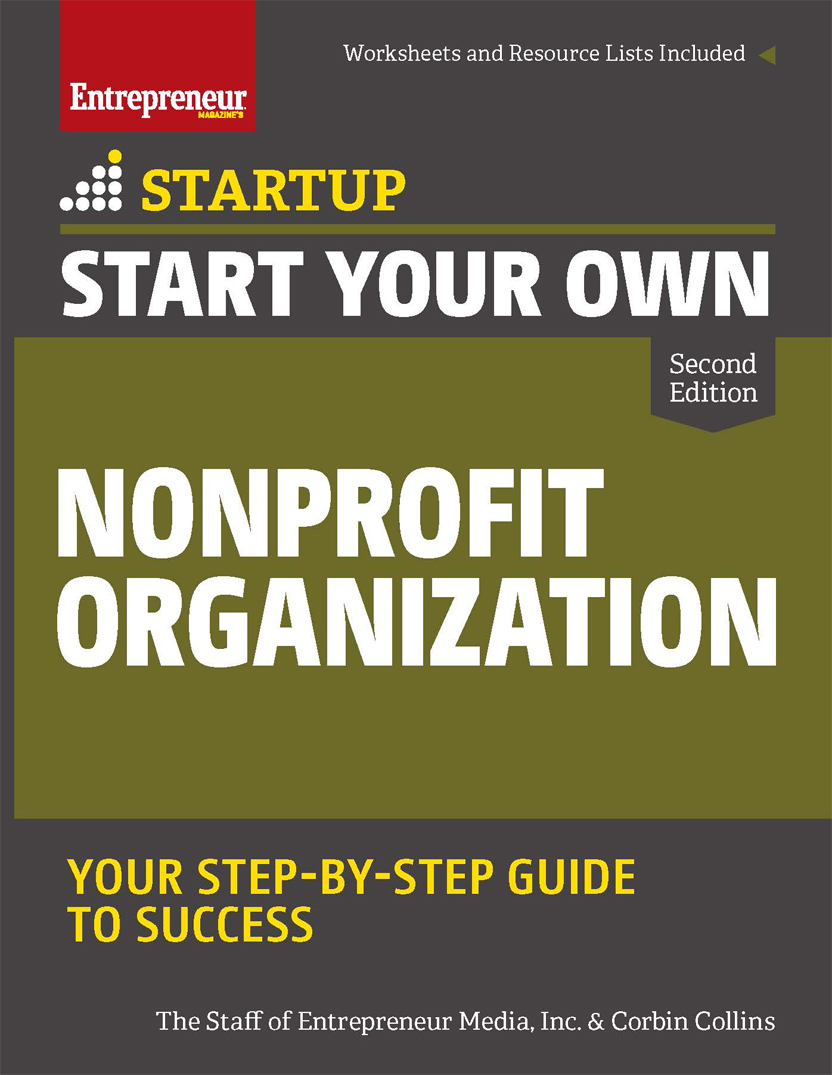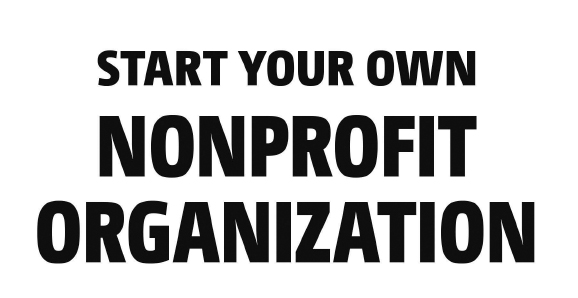
Additional titles in Entrepreneurs Startup Series
Start Your Own
Arts and Crafts Business
Automobile Detailing Business
Bar and Club
Bed and Breakfast
Blogging Business
Business on eBay
Car Wash
Child-Care Service
Cleaning Service
Clothing Store and More
Coaching Business
Coin-Operated Laundry
College Planning Consultant Business
Construction and Contracting Business
Consulting Business
Day Spa and More
eBusiness
eLearning or Training Business
Event Planning Business
Executive Recruiting Business
Fashion Accessories Business
Florist Shop and Other Floral Businesses
Food Truck Business
Freelance Writing Business and More
Freight Brokerage Business
Gift Basket Business and More
Grant-Writing Business
Graphic Design Business
Green Business
Hair Salon and Day Spa
Home Inspection Service
Import/Export Business
Information Marketing Business
Kid-Focused Business
Lawn Care or Landscaping Business
Mail Order Business
Medical Claims Billing Service
Microbrewery, Distillery, or Cidery
Net Services Business
Nonprofit Organization
Online Coupon or Daily Deal Business
Online Education Business
Personal Concierge Service
Personal Training Business
Pet Business and More
Pet-Sitting Business and More
Photography Business
Public Relations Business
Restaurant and More
Retail Business and More
Self-Publishing Business
Seminar Production Business
Senior Services Business
Specialty Food Businesses
Staffing Service
Transportation Service
Travel Hosting Business and More
Tutoring and Test Prep Business
Vending Business
Wedding Consultant Business
Wholesale Distribution Business

Entrepreneur Press, Publisher
Cover Design: Andrew Welyczko
Production and Composition: Eliot House Productions
2017 by Entrepreneur Media, Inc.
All rights reserved.
Reproduction or translation of any part of this work beyond that permitted by Section 107 or 108 of the 1976 United States Copyright Act without permission of the copyright owner is unlawful. Requests for permission or further information should be addressed to the Business Products Division, Entrepreneur Media Inc.
This publication is designed to provide accurate and authoritative information in regard to the subject matter covered. It is sold with the understanding that the publisher is not engaged in rendering legal, accounting or other professional services. If legal advice or other expert assistance is required, the services of a competent professional person should be sought.
ebook ISBN: 978-1-61308-372-7
Contents
Table of Contents
Guide
W e need nonprofits today. We need them now more than ever. Not every problem has a market-based solution that can be solved by an innovative business. Taxpayers are leery and untrusting of government-led initiatives. Even programs that show signs of progress are currently in danger of losing their funding. So, it falls to the nonprofits and those intrepid souls who forego the riches of the market or the power of politics to make the world a better place.
Im referring directly to youthe dreamers and doerswho look at the world the way it is and imagine a way to make a difference. True, your entity will likely not make a financial profit. But to say that there would not be a gain from your work would be a great fallacy. Websters Dictionary defines profit as a valuable return. From helping refugees in Syria to assisting retirees in Savannah, the work you do will profit manyjust not in the ways our business-focused society might expect.
Now is an exciting moment in the nonprofit world. Acting on a renewed purpose, social entrepreneurs are reconsidering how nonprofits operate, how they are perceived, and how they function to deliver on their mission statements. For too long, working at a nonprofit was considered a way to give back and not a vocation. It was an act of charity often focused on the giver. The word charity is derived from the Latin word caritas, which in essence means love, but the word had nothing to do with the recipients of that love. We have been focused on praising those who give, not whether that giving has any measurable impact on the lives of recipients of those efforts.
In fact, our notion of how nonprofits should be organized comes to us from the Puritans. In the spring of 1630, a flotilla of 11 ships set sail from England bound for the Massachusetts Bay Colony. Aboard was John Winthrop who delivered his Model of Christian Charity sermon. In it, he declared that the colony would be a city upon a hill. Charity, he argued, was not designed as salvation for those in need, but instead was created as salvation for those who donated. Winthrop and the Puritans believed it was the hand of God that determined who would be rich and who would be poor. For those who were blessed with riches, charity became the way they could achieve salvation. The impact of their charitable work was, in essence, inconsequential. For 350 years, this focus on giving instead of impact hampered the nonprofit world. It wasnt until more recent times that social entrepreneurs questioned the model and developed a more modern approach to charity. This approach has worked with aplomb.
Todays nonprofits have broken through what I call the Charity Industrial Complex. The three main principles of this concept are that charities should be meek in overhead but mighty in intentions, that guilt is the most effective tool to build donor support, and that charities reward the act of giving without tying it to impact. For example, a common refrain in reference to that meek versus mighty overhead is: How much of my money will go into the field and how much to overhead? In short, nonprofits are always struggling to keep overhead low. But why? What if nonprofits had higher overhead to create amazing marketing pieces or to retain top-tier talent? Wouldnt that bring the organization closer to fulfilling its mission? New York Times columnist Nicholas Kristof noted, Any brand of toothpaste is peddled with far more sophistication than the lifesaving work of aid groups. Shouldnt the organizations that are trying to save the world market themselves with the same tenacity as Crest? In other words, at the end of the day, a nonprofit is still a businessone with everyday concerns, like how to raise money and balance overhead with results.
One example of a nonprofit doing this well is charity: water. It is an incredible nonprofit that has fueled much of this new strategic thinking. To raise money, they do not use images of children or of a community in desperation. Instead, their images are positive and uplifting. I think so many charities for years have operated in shame and guilt. Let me make you feel as bad as possible about yourself so you will then reach into your wallet and give. For us, it is much more invitational. It is a great opportunity not based in guilt or shame, Scott Harrison, the founder of





